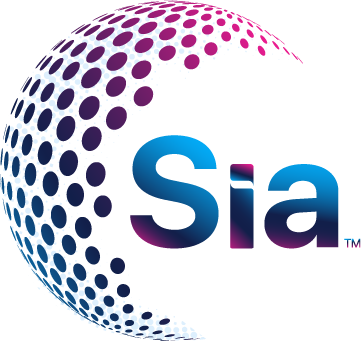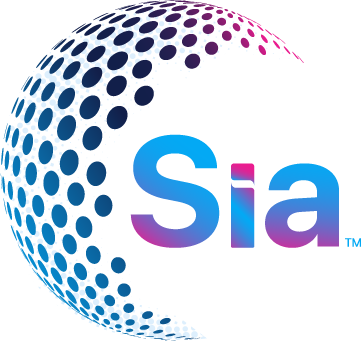FAFSA Changes 2024: Unlock Revolutionary Financial Aid Insights

FAFSA Changes 2024: Unlock Revolutionary Financial Aid Insights

Have you ever felt like navigating financial aid was like trying to find your way through a dense, unfamiliar forest, with each turn bringing a new set of challenges? You’re not alone. But, there’s good news on the horizon for students, universities, admission officers, and registrars alike. The Free Application for Federal Student Aid (FAFSA) has undergone some revolutionary changes, making the journey towards securing financial aid less daunting and more accessible.
The FAFSA Facelift
Navigating the maze of college financial aid has long been a daunting task for students and their families. However, the dawn of the 2024-2025 academic year brings with it groundbreaking changes to the Free Application for Federal Student Aid (FAFSA), promising a more streamlined and less intimidating process.
Let’s talk about what exactly are these changes, and how can they benefit you?
The FAFSA application, the gateway to financial aid for college, has been revamped to be more user-friendly and inclusive. This transformation aims to demystify the process of applying for financial aid for students, ensuring that more individuals have the opportunity to pursue higher education without the burden of overwhelming tuition fees.
- Expanded Pell Grant Eligibility:
In a significant move, the criteria for Pell Grant eligibility have been broadened, opening the door for an estimated 7 million additional students to qualify for maximum awards each year. This expansion is set to significantly increase the financial support available for low-income students.
- Streamlined Questionnaire:
Gone are the days of the lengthy and complex FAFSA form. The revamped application boasts a reduced number of questions, focusing on key areas with adaptive follow-up queries based on initial responses. Additionally, the integration of the IRS Data Retrieval Tool automates the inclusion of tax information, further simplifying the process.
- From EFC to SAI:
The Expected Family Contribution (EFC) is being transformed into the Student Aid Index (SAI), a more transparent and understandable measure of a family’s financial strength. This shift aims to demystify the financial aid calculation process, making it easier for families to gauge their potential aid.
- Tailored Applications for Diverse Family Structures:
Recognizing the complexity of modern family dynamics, the FAFSA now requires only the financially predominant parent in cases of divorce or separation to fill out the application, streamlining the process for students from diverse backgrounds.
- Redefining Cost of Attendance:
Colleges are now mandated to provide more detailed breakdowns of attendance costs on their websites. This change aims to offer students a clearer picture of their financial commitments, with special provisions for those from extremely low-income backgrounds to receive aid beyond the listed costs.
- Simplification of Untaxed Income and Benefits:
The new FAFSA simplifies the categorization of untaxed income and benefits, making it easier for families to report their finances accurately and potentially qualify for more aid.
- Adjustments to Income Protection:
The income protection allowance has been recalibrated to better reflect basic living costs, offering more families a buffer that could increase their aid eligibility.
- A New Approach for Families with Multiple College Students:
The previous requirement to split the parental contribution for families with several children in college has been removed, potentially increasing aid for families with multiple students in higher education.
- Refined Aid Calculation and Appeals:
The formula for calculating financial aid has undergone fine-tuning, accompanied by a more flexible appeals process. These changes aim to make the system more responsive to individual circumstances and needs.
Opportunities for International Students
The doors of opportunity are also opening wider for international students. With clearer, more accessible financial aid options, the dream of studying at an international university is becoming more attainable. Beyond just making information more accessible, there has been an expansion in the types of financial aid available to international students. Scholarships, grants, and loan programs are being tailored to meet the diverse needs of students from various backgrounds. These programs are not only based on academic merit but also consider factors such as area of study, country of origin, and financial need. This holistic approach ensures a wider pool of students can find financial support that aligns with their unique circumstances.
To wrap this up, the transformative updates to the FAFSA have cleared a path through the previously dense forest of financial aid, making the process more navigable, inclusive, and understandable for students, families, and educational institutions alike. With streamlined applications, expanded Pell Grant eligibility, and tailored aid for diverse family structures and international students, the dream of pursuing higher education is becoming more accessible for millions. These changes signify a pivotal shift towards a more equitable and transparent financial aid system, promising brighter educational futures for all.





